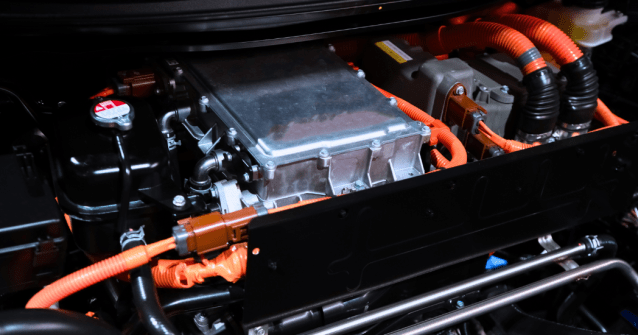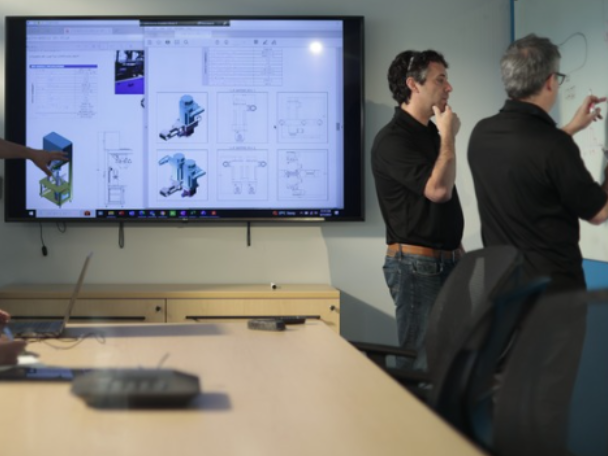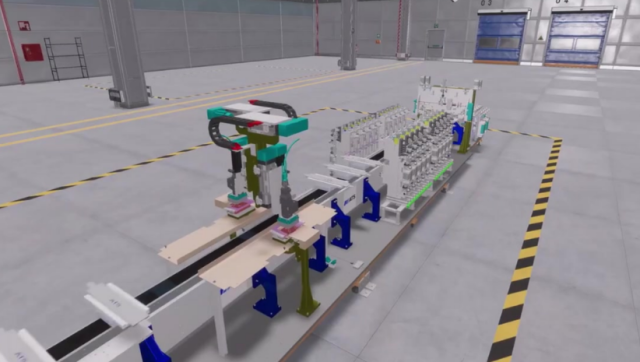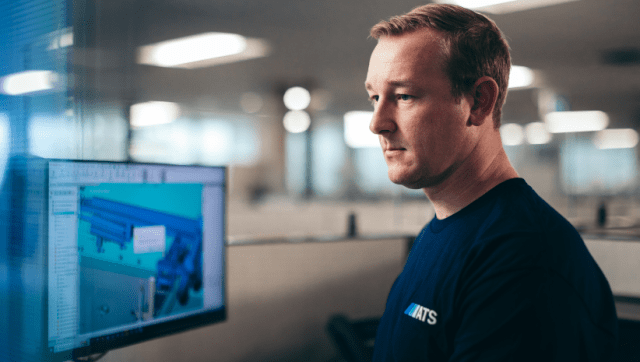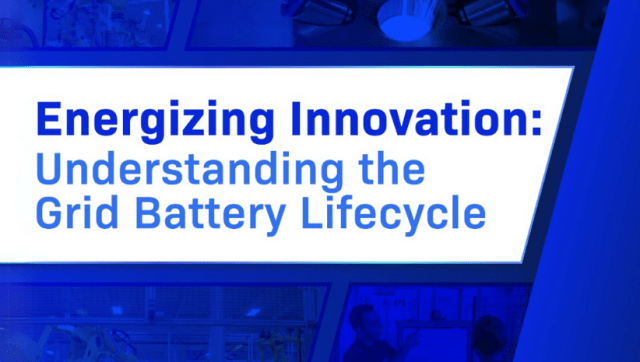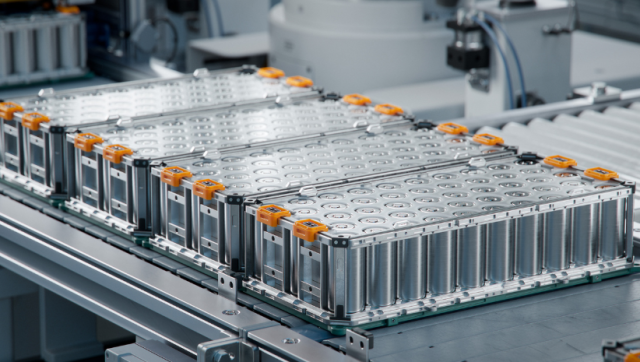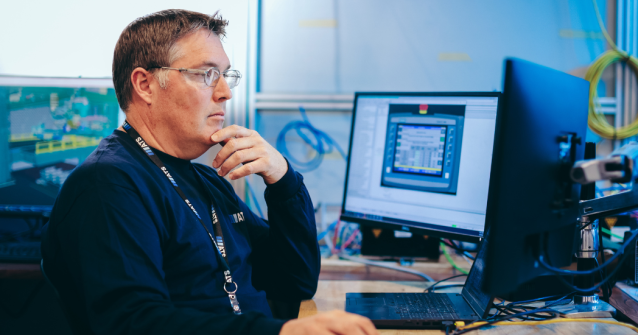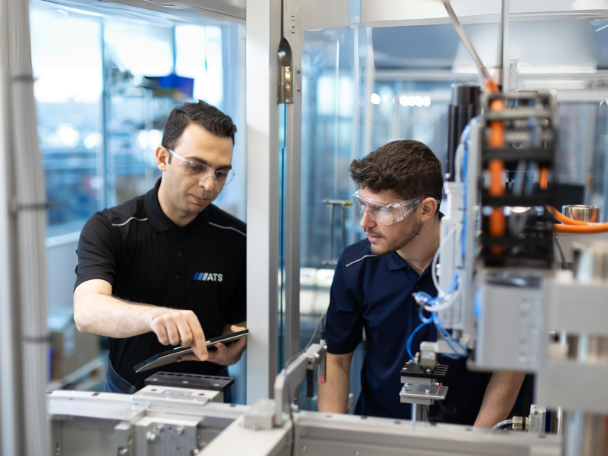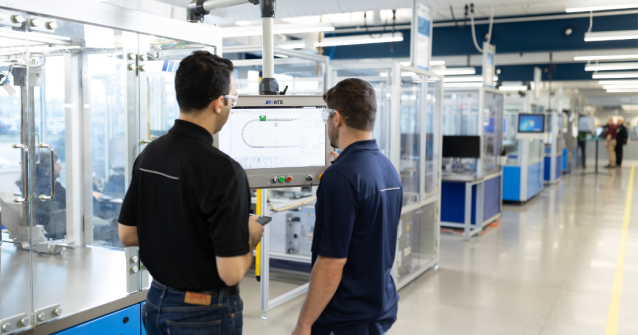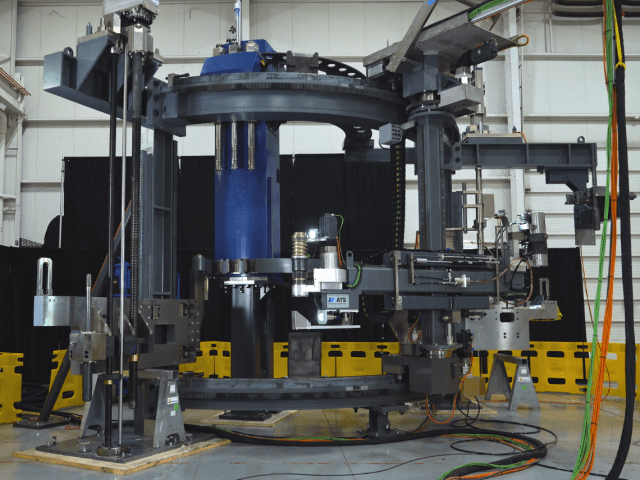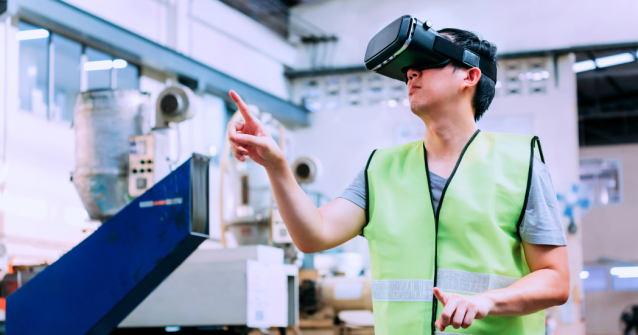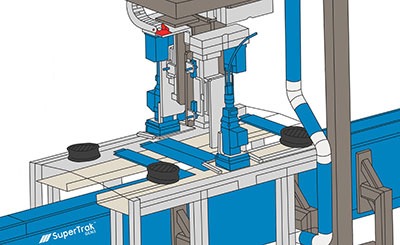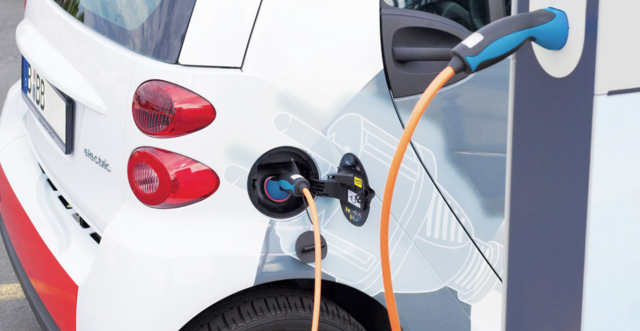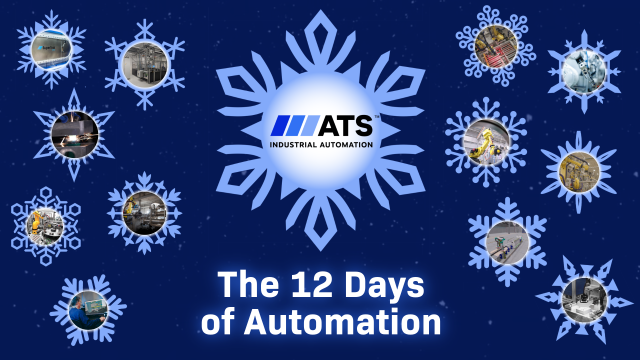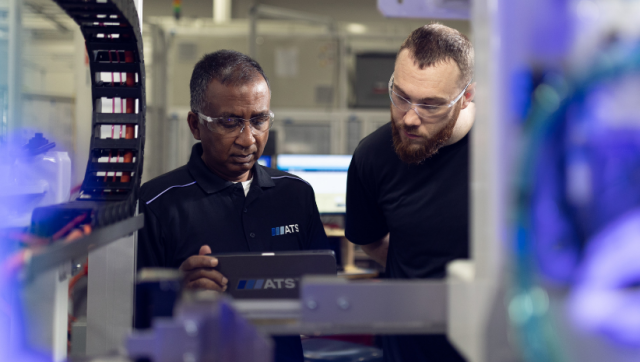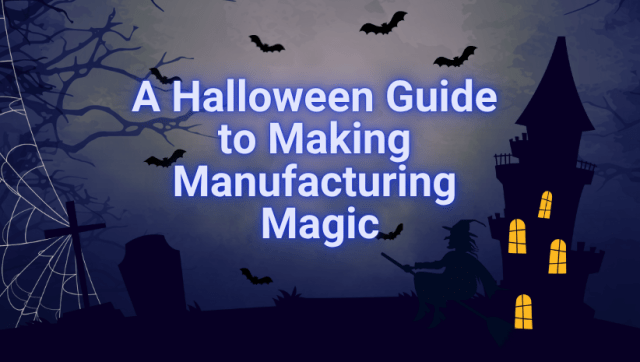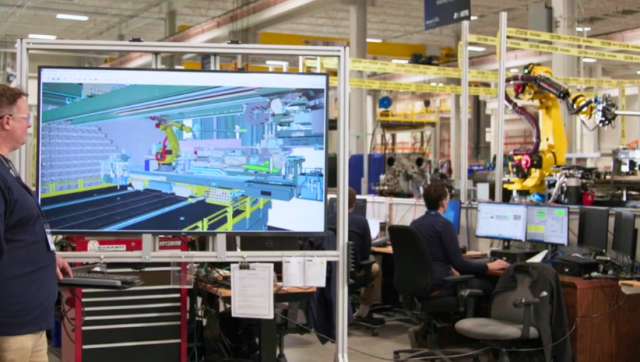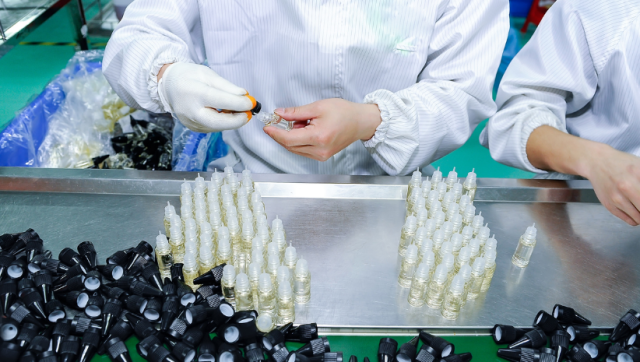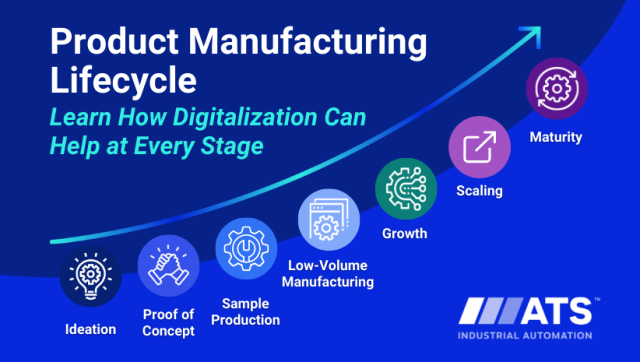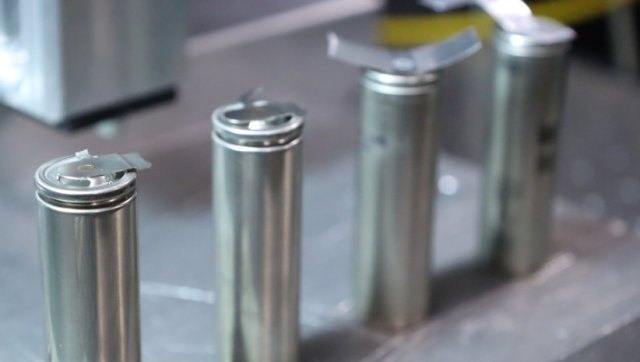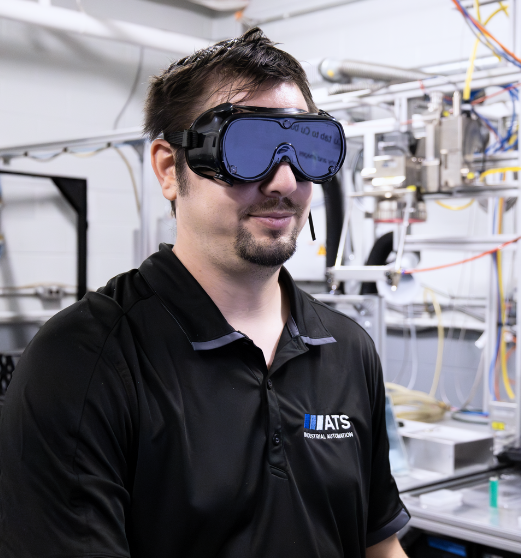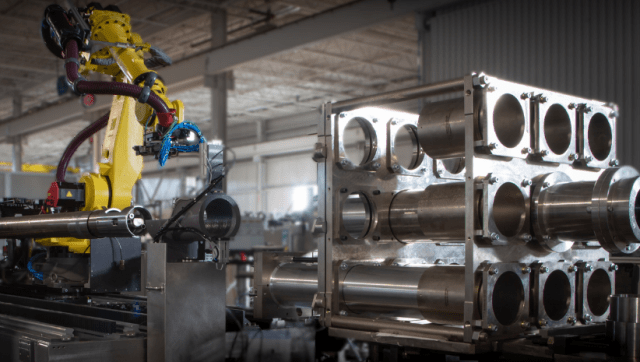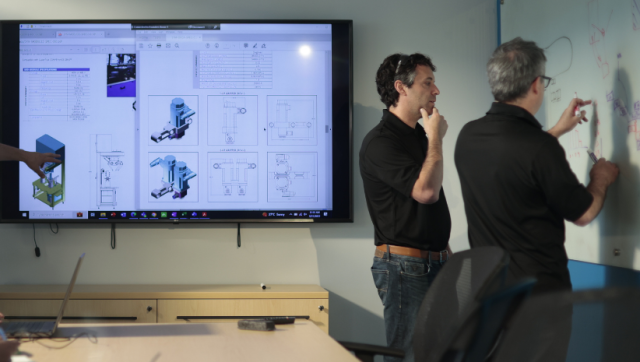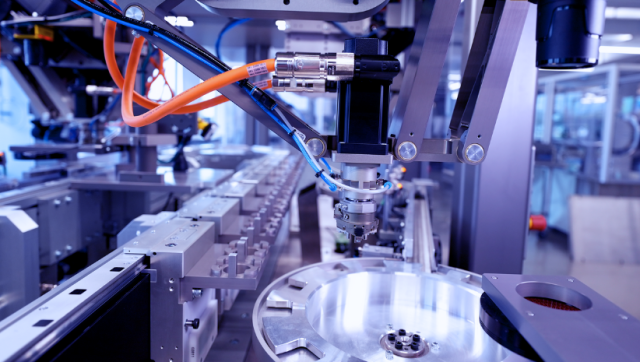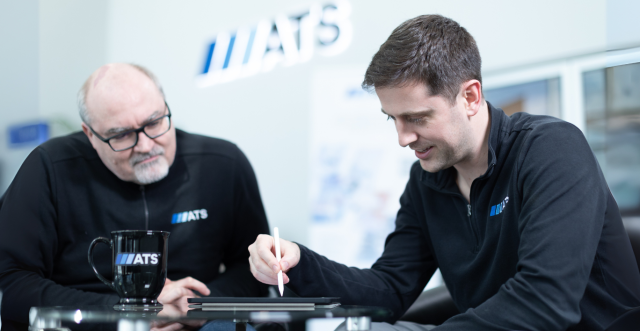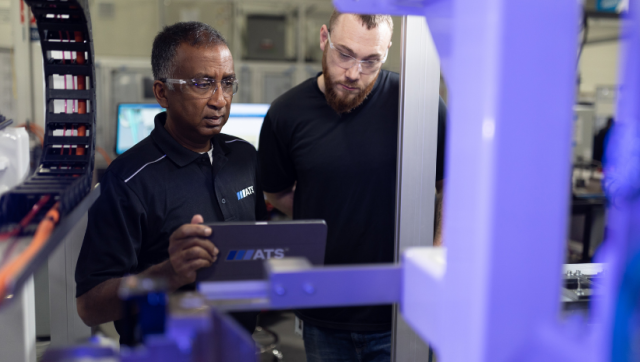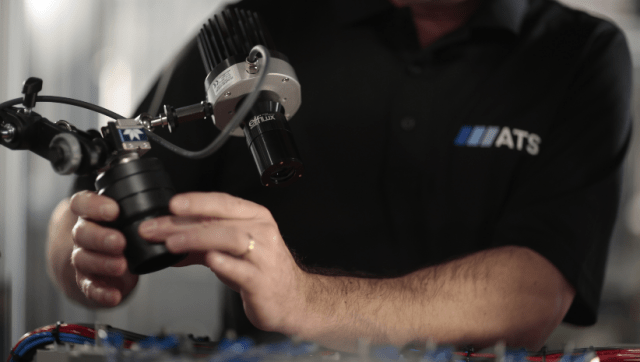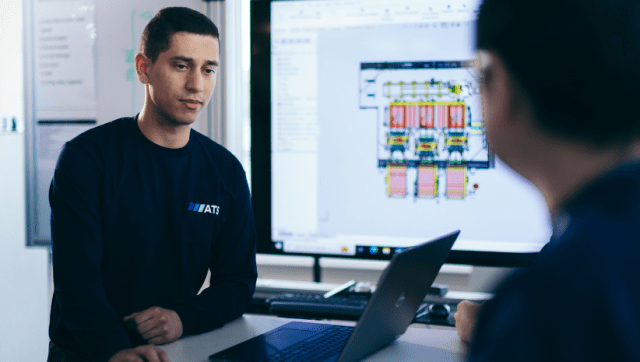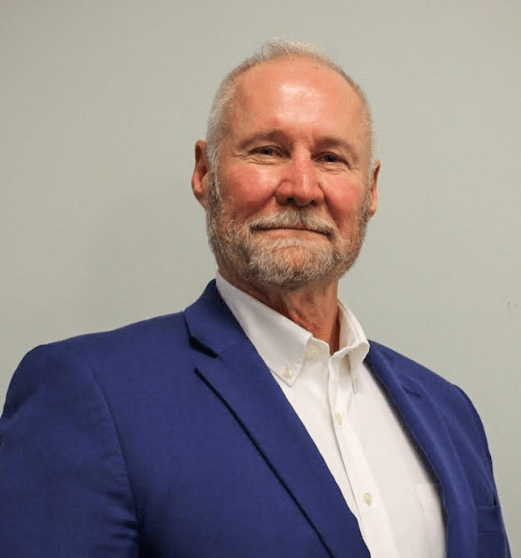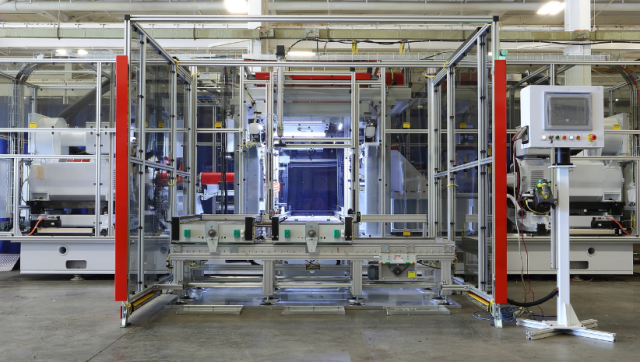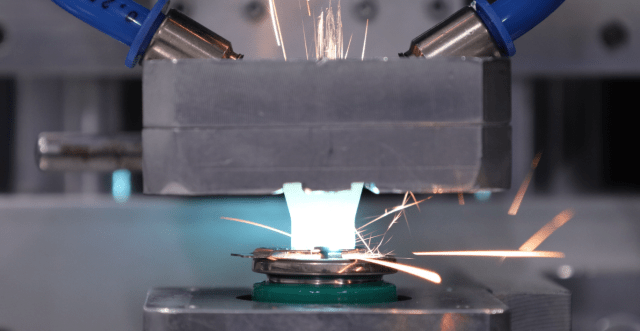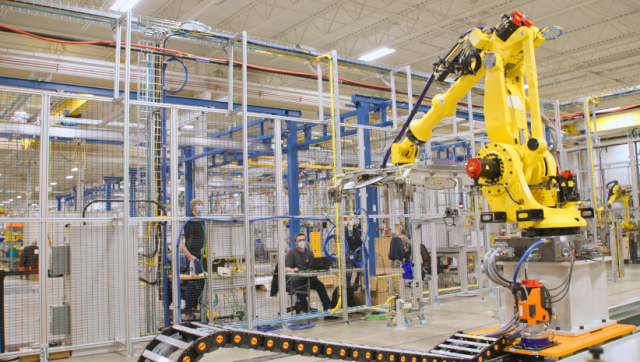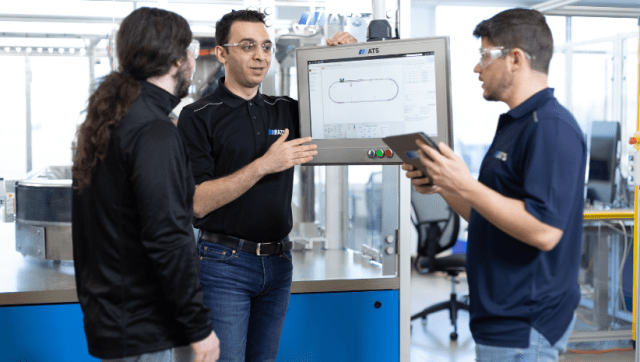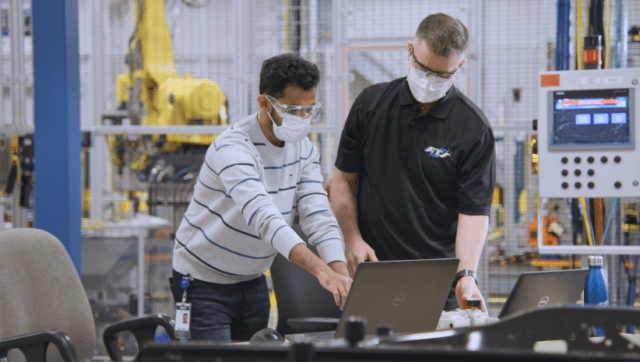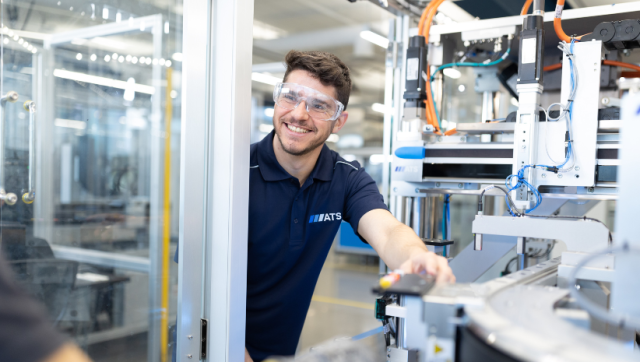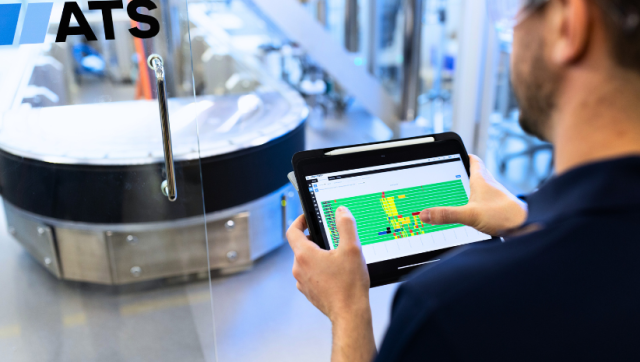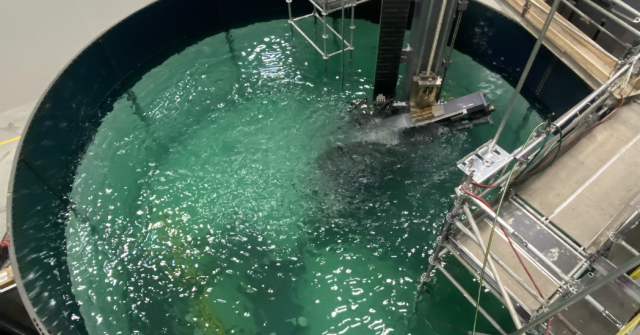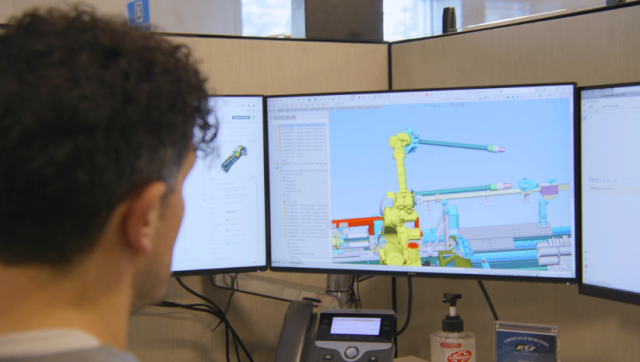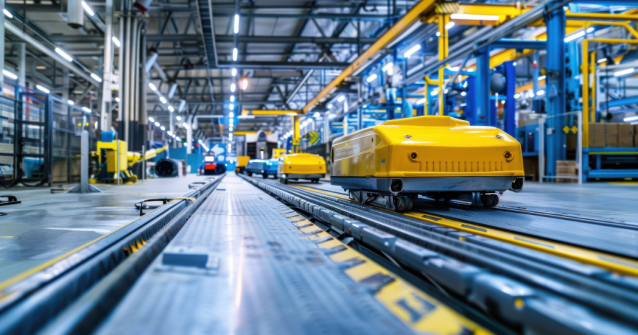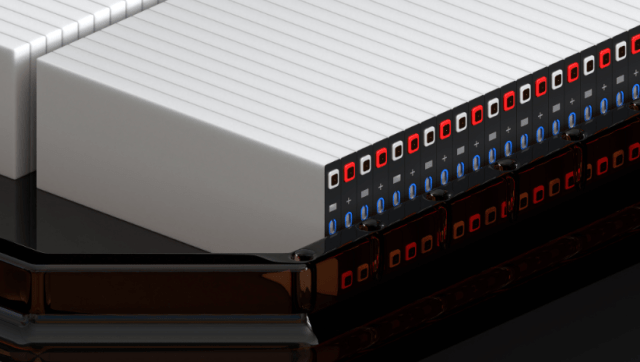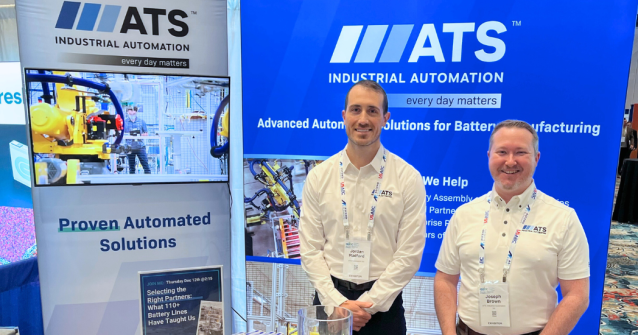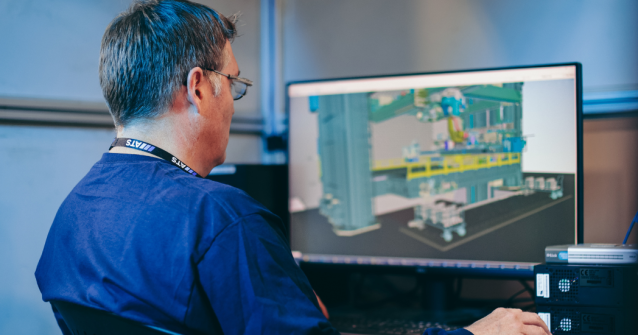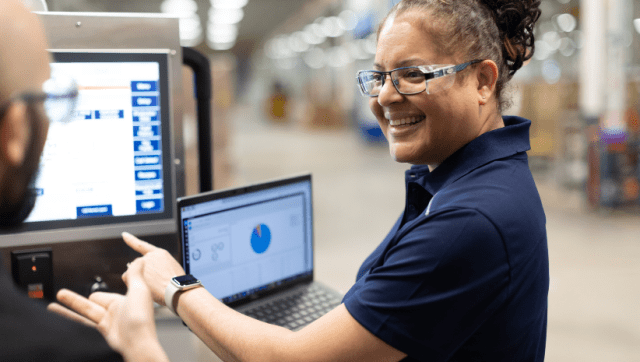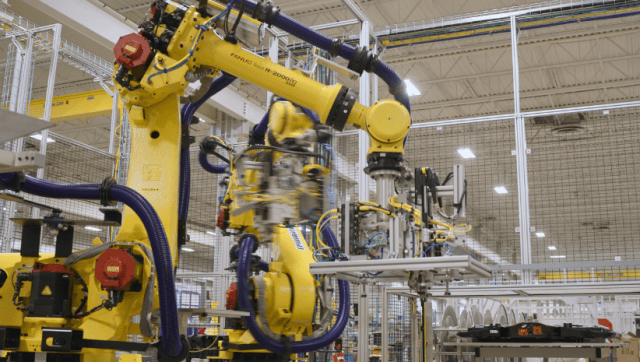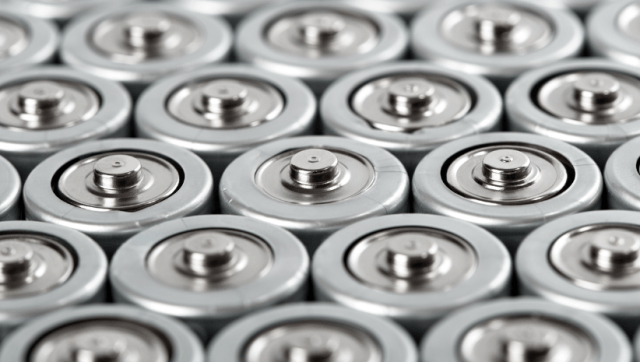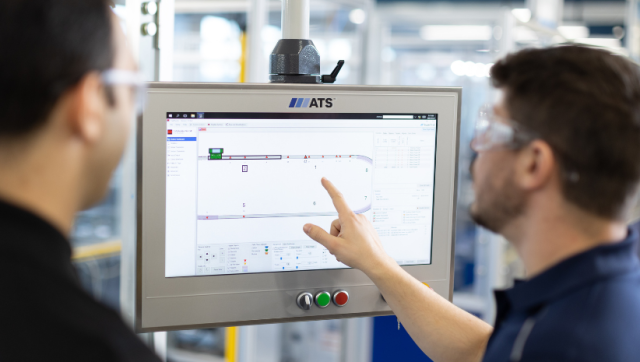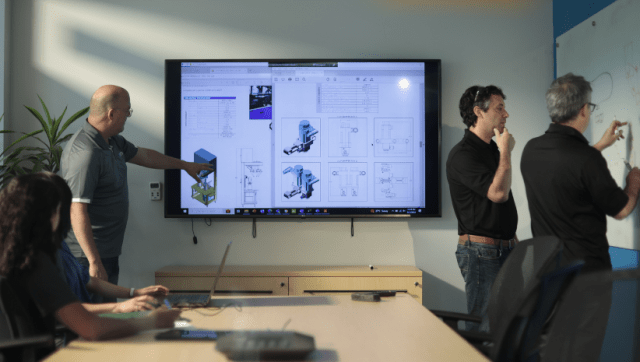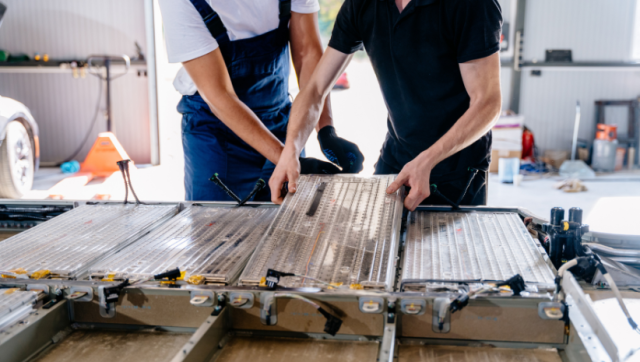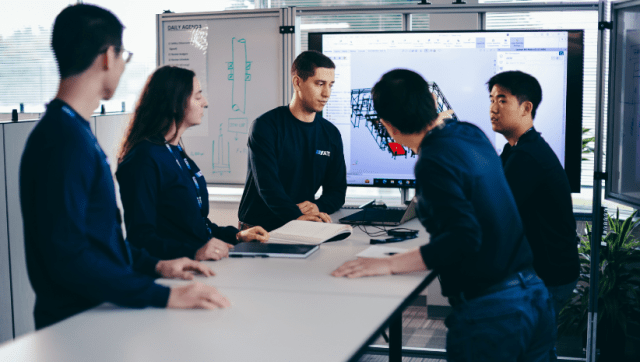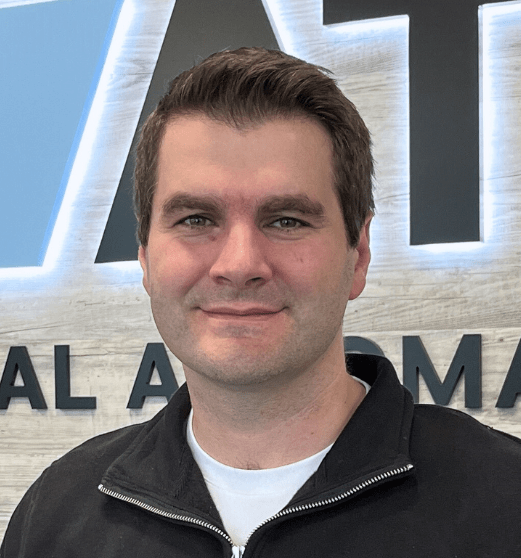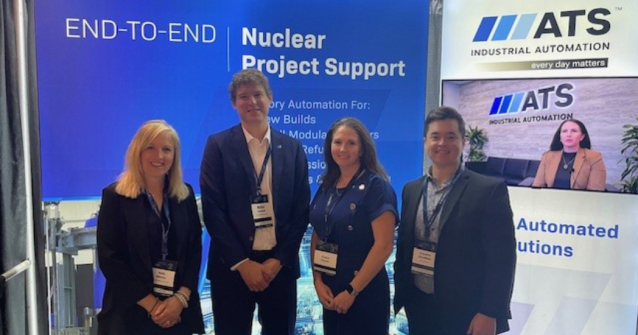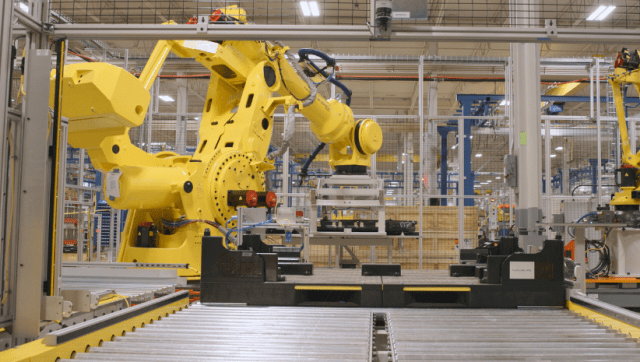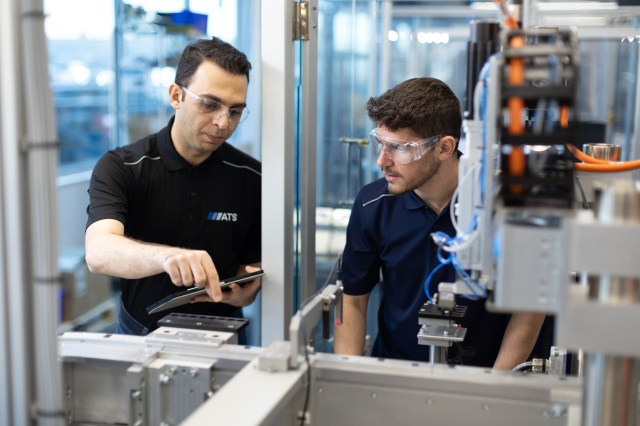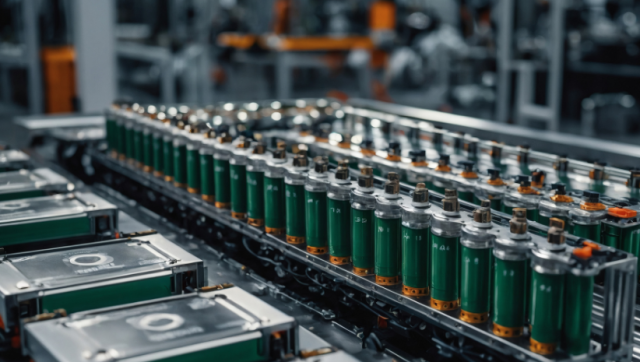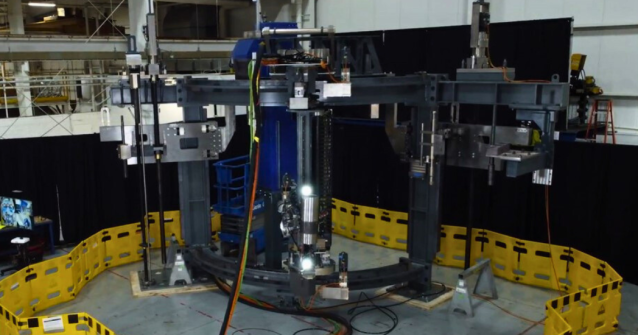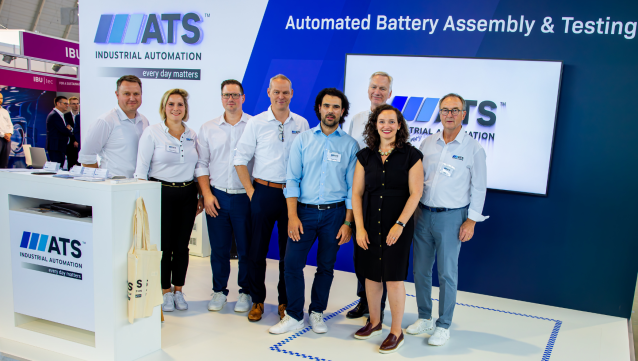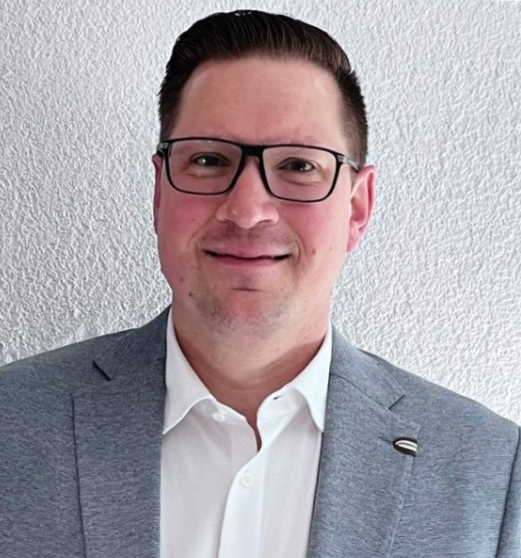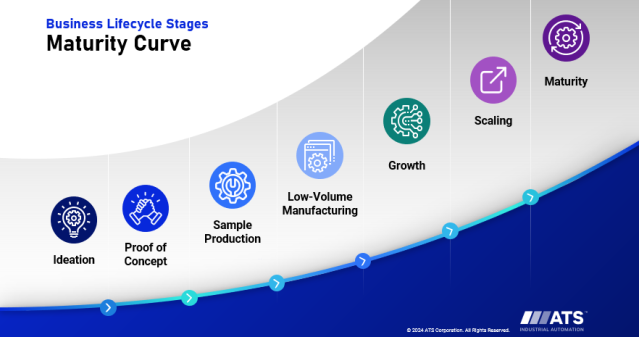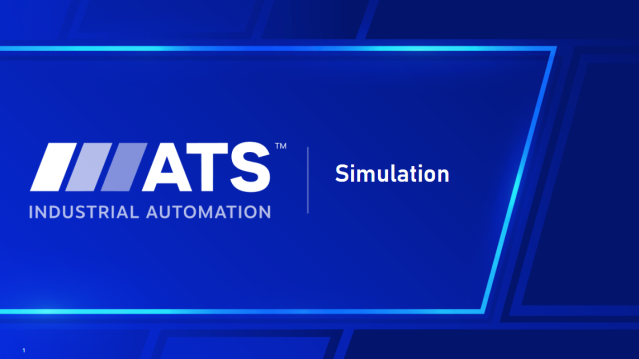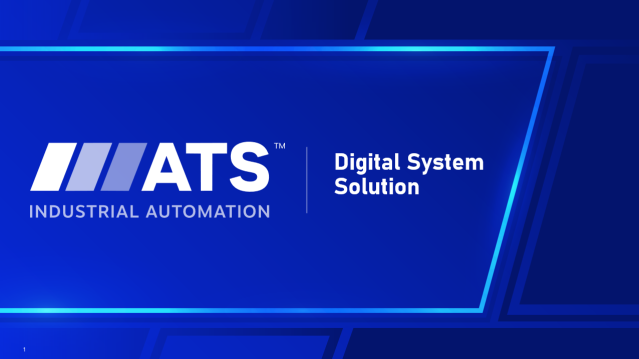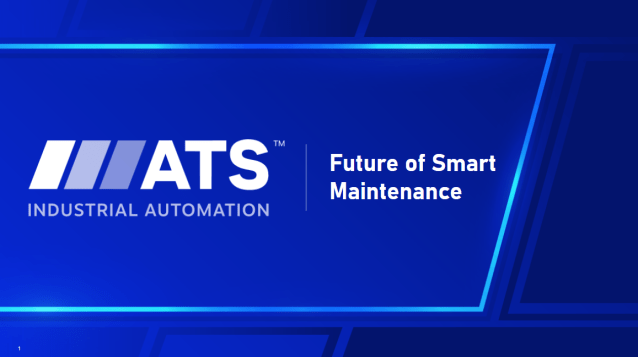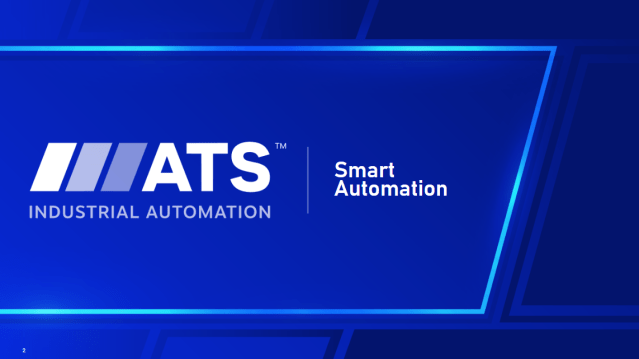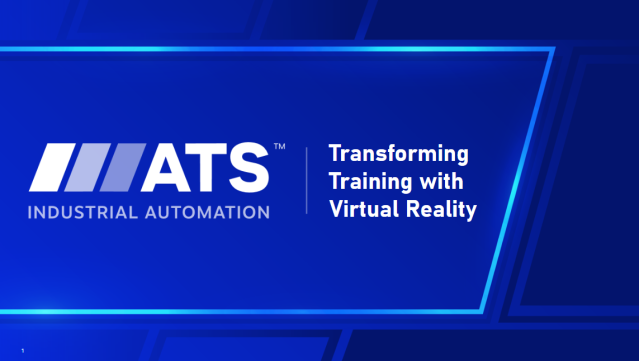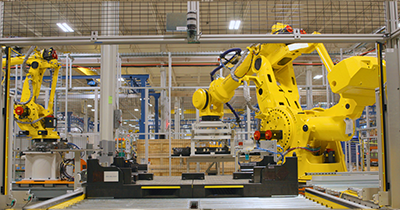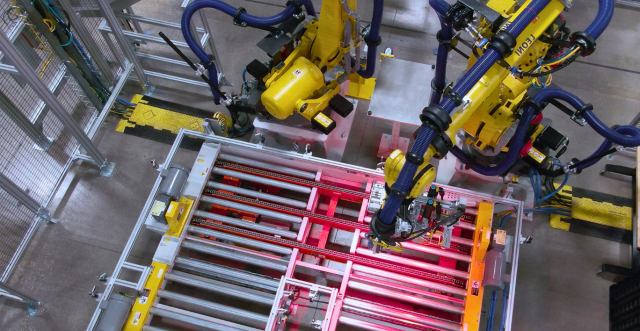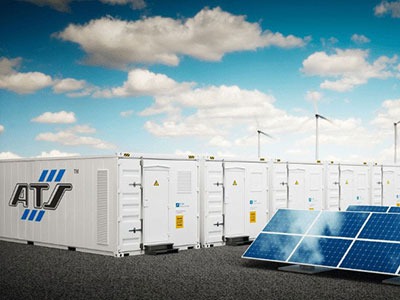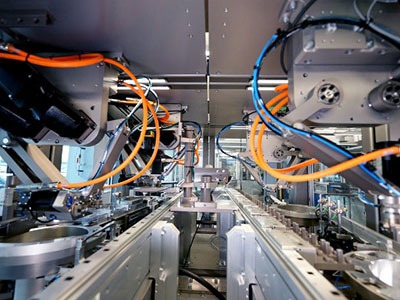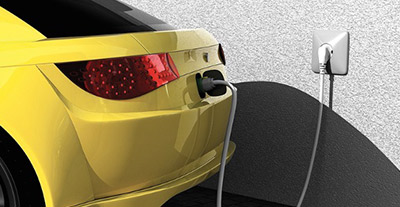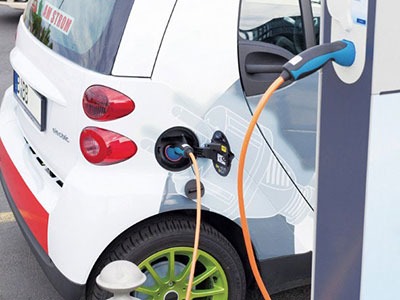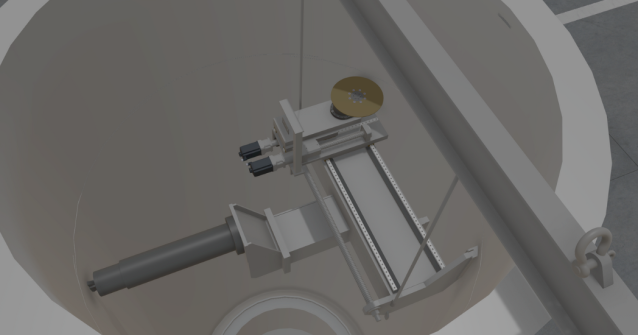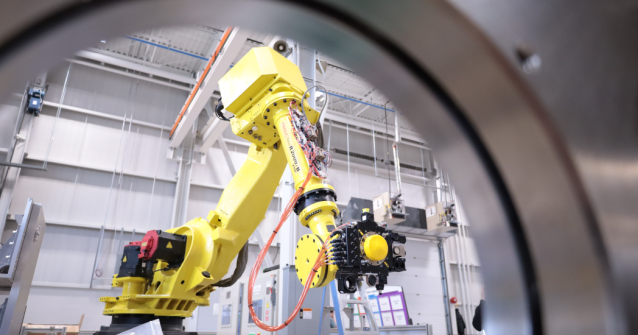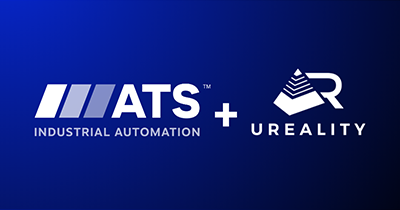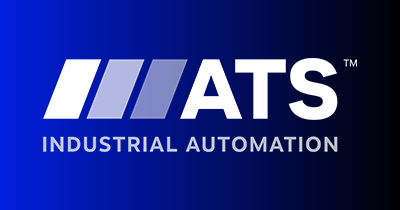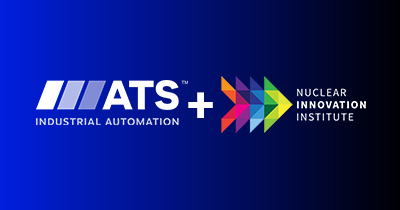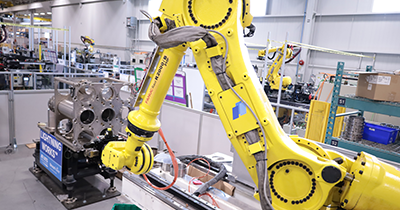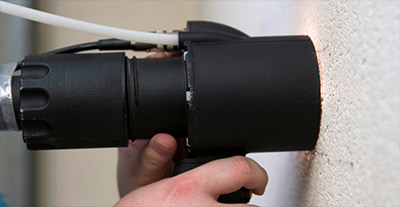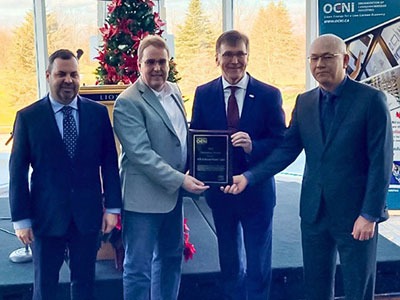The marriage of the stator and rotor within an electric motor (eMotor) is a critical step in assembly that demands precision and careful handling. When these components are not properly integrated, several challenges and product problems can arise. Misalignment can lead to operational inefficiencies, increased wear and tear, and even catastrophic failures. For instance, if the rotor is not held firmly in place during assembly, it can collide with the stator, causing physical damage. The rotor’s strong magnetic forces also require precise positioning to avoid core saturation and contamination.
Manufacturing inconsistencies, such as variability in core expansion during production, can further exacerbate alignment issues. Inaccurately positioning the press-fitting process or improperly assembling bearing housings can contribute to significant deviations. Understanding and addressing these challenges is crucial to ensure the optimal performance and durability of eMotors.
Managing Magnetic Forces
One significant challenge with rotors is ensuring very small tolerances and precise placement. If the magnetized rotor is not firmly in place, it can crash into the stator, causing physical damage. An assembly process that’s fully automated can help manufacturers correctly position all parts and avoid operational errors.
Magnetization issues can also affect assembly. If the rotor is already magnetized, dirt can adhere to it—making it difficult to clean. Additionally, magnetized rotors can stick together or to other fixtures. Parts can also move in the wrong direction during assembly, leading to potential contamination and core saturation.
Overcoming Magnetization Challenges within the Rotor and Stator Marriage Process
To address these challenges, manufacturers can use robotic systems and presses to hold the rotor in place and guide it accurately through the stator. By managing magnetic forces carefully, teams can optimize the assembly process and help prevent any issues related to contamination or misalignment.
Temperature Considerations
Proper heating and cooling during assembly are essential to maintain component integrity within the powertrain. Uneven heating can cause variations in material properties, leading to defects and reduced performance.
Heating powertrain components involves several considerations, including determining the cycle time for heating, the number of stations required, and deciding whether to use inductive heating or an oven. Temperatures must be controlled carefully. If the temperature is too high, the glue used in assembly deteriorates; too low, and parts will not bind properly. This delicate balance requires precise control and monitoring so components can bond correctly.
Cooling is equally challenging—often because many manufacturers don’t have experience managing these fluids. Cooling involves using natural gas fluids like nitrogen, requiring careful handling to prevent thermal shock and ensure parts return to a stable temperature. This helps manufacturers accurately shrink fit any components ahead of pressing, without damaging their properties.
How to Create Uniform Heat Distribution within the Rotor and Stator Marriage Process
Several strategies can help overcome these temperature challenges. Manufacturers can use multiple sensors to monitor temperatures at various points on the housing during induction heating. This helps maintain consistent heat levels and prevents components from improperly bonding or melting. Unlike hydraulic pressing, teams can use servo presses to monitor forces and obtain feedback to ensure a high-quality press. Meanwhile, a combination of inductive heating and ovens provides flexibility and control, ensuring that the glue used in assembly can bond correctly.
Advanced cooling tunnels equipped with multiple sensors can also monitor temperatures of assembled parts, ensuring uniform and gradual cooling to prevent thermal shock—which can distort parts and impact the quality of the fit. An experienced automation partner may offer training and resources so manufacturers can safely improve the handling of these natural gas fluids. These solutions help maintain the integrity and performance of the eMotor components and lead to more efficient and reliable assembly processes.
System Integration
Another primary challenge is leveraging full system optimization to improve efficiency and reduce complexity within eMotor assembly. Manufacturers must integrate various components and processes so the final assembly is robust and reliable. Poor integration can lead to mechanical vibrations and damaged components. For instance, if the press fit processes for specific parts are not precise, it can result in misalignment, leading to potential failures.
Another significant challenge is managing the mechanical vibrations that can occur due to poor assembly and core bonding. These vibrations can cause wear and tear, leading to premature failures and reduced efficiencies. It’s critical to securely assemble parts through precise press fit processes to mitigate these issues. Manufacturers must carefully calibrate and monitor the assembly process so each component is positioned and bonded correctly. Integrating advanced technologies like vision systems and digital twins can help optimize production by providing real-time feedback so adjustments can be made swiftly.
Material Handling Challenges within the Marriage Process
Manufacturers must also safely manage heavy components and maintain stability during assembly. Each eMotor can weigh between 80 to 150 kilograms—necessitating robust conveyor systems that can handle such weights. Integrating the rotor and stator in the central unit also requires precise guidance to prevent misalignment or damage. Handling various bolt sizes is another significant challenge. Automatic feeders, vision tracking, and inventory schemes help prevent bolts and parts from going missing or being misassembled. Precision torque tools can be calibrated to verify each bolt meets required specifications, helping avoid mechanical failures while meeting strict safety standards.
Overcoming Manual Assembly Challenges
While certain tasks may still require manual intervention, automation plays a significant role in optimizing manufacturing processes within the powertrain marriage. For example a robotic press solution can help manufacturers address material handling. These automated systems utilize robotic arms equipped with press mechanisms to handle and position heavy components with high accuracy. Robotic presses apply the necessary force to secure components in place without causing damage, ensuring the assembly process is consistent.
Another critical solution includes using adaptable gripping points during assembly. These gripping points can handle various eMotors without needing to use different grippers for each type. Adaptable gripping points can securely hold components of varying sizes and weights, streamlining the assembly process and reducing downtime. This flexibility helps manage the diverse range of components, from initial integration to the final assembly of the complete motor.
Advanced material handling systems such as automated guided vehicles (AGVs) and conveyor systems also play a key role in managing heavy components. These systems can transport components safely and efficiently, minimizing the risk of damage and so each part is delivered to the correct assembly station.
Quality Control within Components Assembly and Process Optimization
Quality control ensures each component meets the required standards before it’s added into the larger system. However, quality parts must pass through rigorous testing before they are integrated into the final assembly. Various testing protocols can verify the integrity and performance of individual components. Without thorough testing, defective parts can compromise the overall performance and reliability of the eMotor.
Ensuring that all holes in the eMotor’s housing are sealed properly is particularly challenging when it comes to motors with numerous openings. This process requires precise handling and testing to detect any possible leaks that could impact the motor’s performance. Electrical testing can also verify any connections and magnetic forces within the eMotor and confirm it operates safely.
Product variations add another layer of complexity. The eMotor assembly line must accommodate different types of eMotors, and flexibility in automation is essential to manage the diverse range of components involved. Optimizing process flow is also necessary to handle heavy components throughout the manufacturer’s facility. By working with an automation partner to address these challenges, manufacturers can gain greater confidence in their assembly processes and produce reliable, high-performing eMotors.
Choosing the Right Assembly Partner
Manufacturers looking to refine their eMotor marriage process need the right automation partner. An experienced partner not only brings technical expertise and advanced technologies, but also a collaborative approach—ensuring the assembly line meets all performance standards. What’s more, they’ll work closely with the manufacturer to address challenges and continuously improve processes.
One of the key technologies an effective partner can bring is a digital twin. This technology provides a comprehensive view of the entire assembly process, ensuring the line can handle heavy components and meet tight timelines. By creating a virtual replica, manufacturers can identify potential issues and make necessary adjustments before the physical build, saving time and reducing costs after implementation.
A partner that meets regularly with the manufacturer will help optimize assembly and keep the project on track. These sessions also allow both parties to address product variations effectively. By working together, they can confirm the assembly line operates smoothly while meeting production goals—driving continuous improvement and innovation throughout the project. Even after the line is delivered, uptime and throughput can be supported by the right service partner who provides connected, digital monitoring and access to subject matter experts.
Every automation project is unique. Allow us to listen to your challenges and share how automation can launch your project on time.

Douglas Houdeshell
Manager – Mechanical Engineering
ATS Industrial Automation
Douglas is focused on identifying opportunities and creating systems that support the success of individuals, teams, and projects. His leadership philosophy emphasizes clear communication, goal setting, and mentorship to develop team members. Passionate about creative and analytical thinking, he assesses situations from various perspectives, pinpointing root causes and simplifying complex problems.



